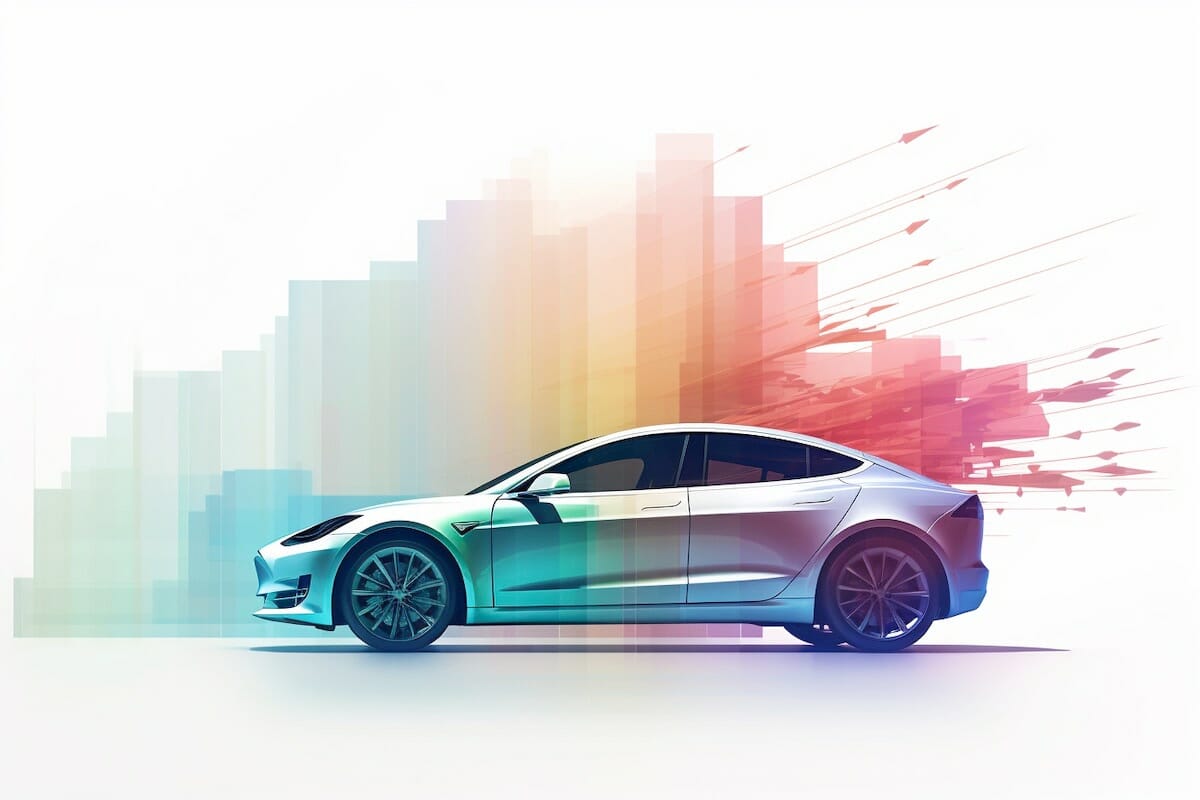The number of EVs in NZ has grown considerably since 2021. Uptake increase in 2022-2023; the result of a rebate scheme, growing selection of EV models, and favourable pricing for entry-level vehicles.
In 2024, EV market share decreased. The ending of rebates and the implementation of road taxes (matching diesel vehicle rates) contributed to a decline in demand. In 2025, EV share has remained unchanged.
How many fully electric vehicles are there in New Zealand?
As of the end of June 2025, there are around 84,000 fully electric light vehicles (plus around 38,700 plug-in hybrids).
BEVs in New Zealand
Percentage of light vehicle fleet
What proportion of new vehicles registered each month are fully electric?
There was a surge of BEV (battery electric vehicle) registrations in the final quarter of 2023 (due to the ending of an incentive scheme). Since then, market share has remained more consistent but has decreased.
How many plug-in vehicles are there in New Zealand?
NZTA defines an EV as either fully electric (BEV) or plug-in hybrid (PHEV). Both vehicle types can be propelled by externally charged electricity.
Both kinds of vehicles have shown significant growth since 2019. Although there are more fully electric vehicles on the roads than PHEVs, the share of PHEVs among plug-in vehicles has grown marginally faster.
Plug-in EVs in New Zealand
Percentage of light vehicle fleet
What proportion of new vehicles sold monthly are plug-in hybrid or fully electric?
How is the light vehicle fleet made up?
If the vehicle fleet were represented by 100 vehicles, it would look like this.
NZ light vehicle fleet
Which manufacturer saw the highest BEV registrations this month?
| June 2025 | |
|---|---|
| TESLA | |
| BYD | |
| KIA | |
| BMW | |
| MINI | |
| POLESTAR | |
| TOYOTA | |
| HONDA | |
| MG | |
| AUDI | |
| LDV | |
| PEUGEOT |
New BEVs registered in New Zealand - including passenger cars, vans, and utes (source NZTA).
Most popular EVs in New Zealand →
BYD, Tesla, Polestar most popular BEV make in 2025 YTD
| 2025 YTD | YTD change | |
|---|---|---|
| TESLA | +30% | |
| BYD | +138% | |
| POLESTAR | +757% | |
| KIA | +214% | |
| BMW | +58% | |
| MERCEDES-BENZ | +85% | |
| MINI | +1336% | |
| MG | +2% | |
| LDV | +38% | |
| TOYOTA | +66% | |
| LEXUS | +609% | |
| AUDI | -19% |
New BEVs registered in New Zealand including passenger cars, vans, and utes (source NZTA). Year-to-date (YTD) represents total registrations for the current calendar year. YTD change shows the percentage increase or decrease compared to the same period last year.
— Research, charting, and writing by James Foster

